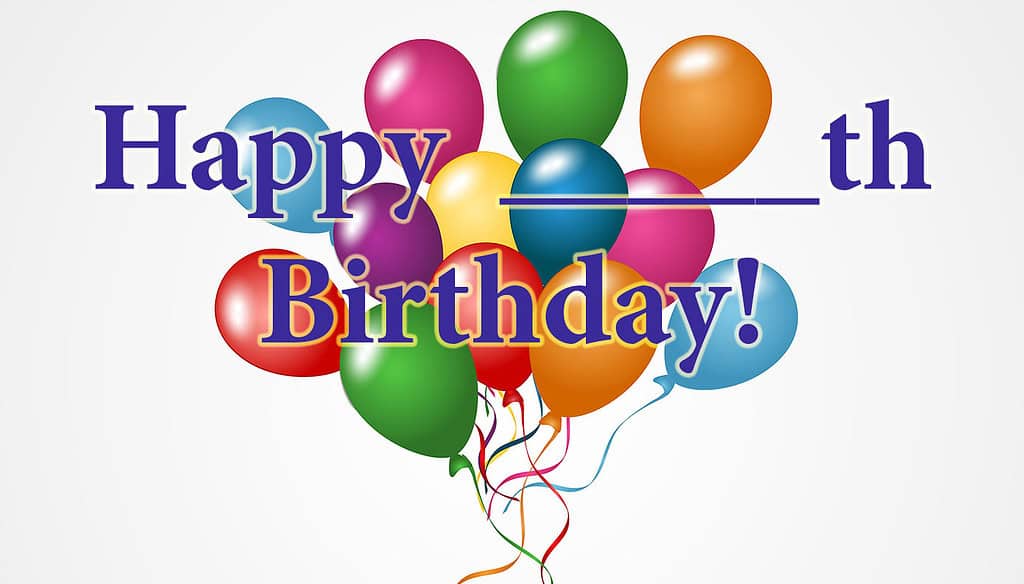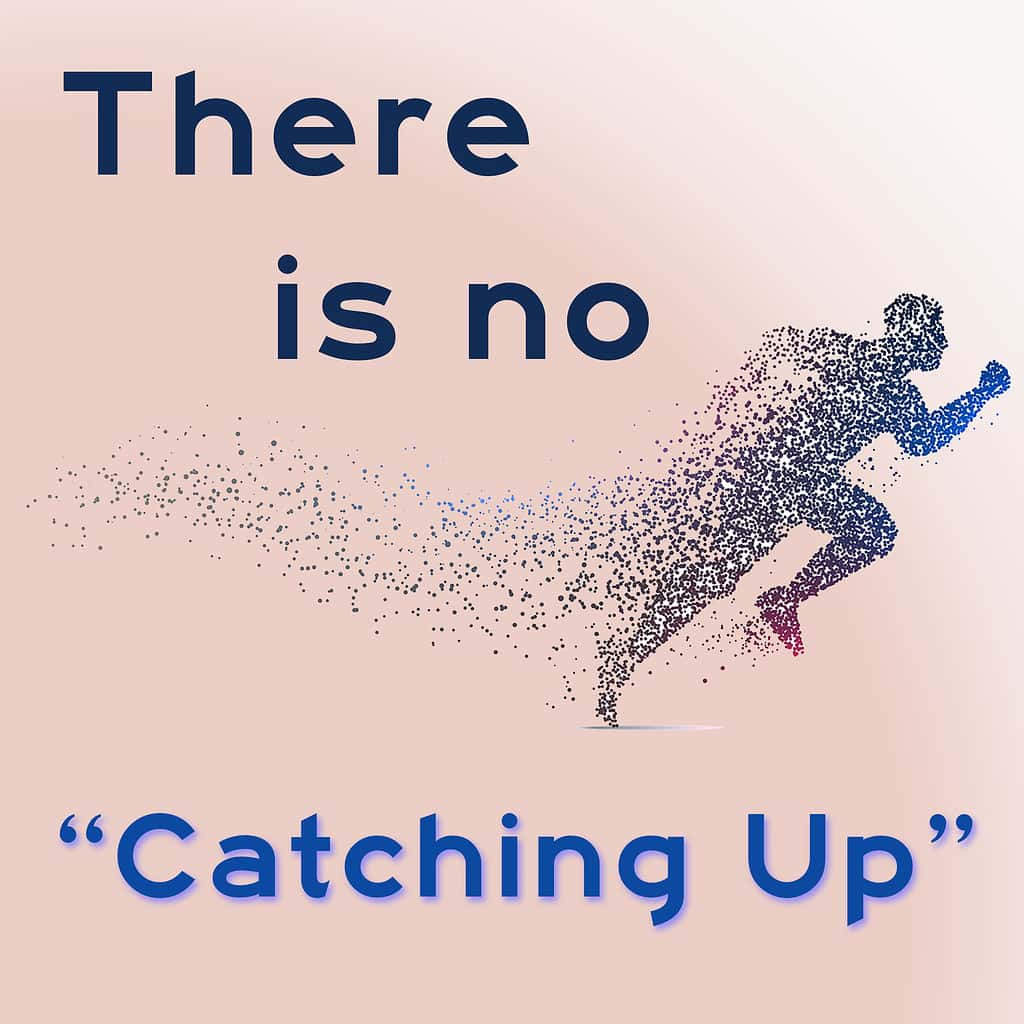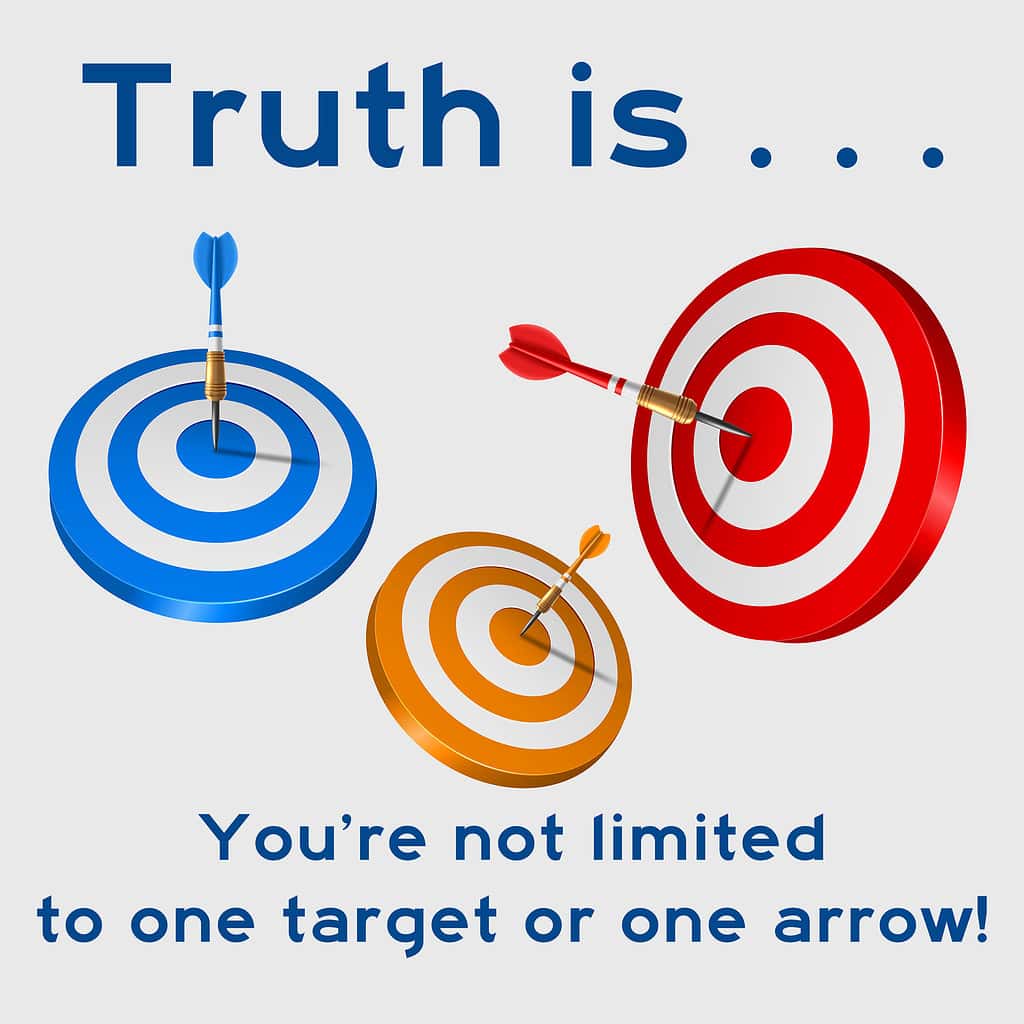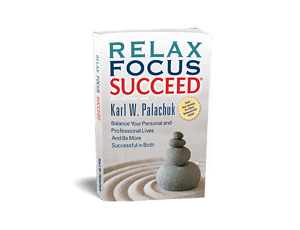I just finished an excellent book entitled Falling Upward: A Spirituality for the Two Halves of Life by Richard Rohr. He starts out by examining Carl Jung’s work on the two halves of human growth or the two halves of life.
“The first half of life is spent building our sense of identity, importance, and security—what I would call the false self and Freud might call the ego self. Jung emphasizes the importance and value of a healthy ego structure. But inevitably you discover, often through failure or a significant loss, that your conscious self is not all of you, but only the acceptable you. You will find your real purpose and identity at a much deeper level than the positive image you present to the world.
In the second half of life, the ego still has a place, but now in the service of the True Self or soul, your inner and inherent identity. Your ego is the container that holds you all together, so now its strength is an advantage.”
I know it’s pretty heavy stuff. But here’s what rings so very true in the modern world: Never before in human history have we been more empowered to project an acceptable view of ourselves to the world. Think of what people do on Facebook. They post up images of their ideal selves. No one posts up their petty fights and selfish actions.
In some ways, this is very good. After all, as people take pride in being kind, loving, cheerful, and good citizens, we expect more of that in the real world (off social media).
For the Rohr, “First half of life” activities include saving money, building a family, securing housing and food, and joining groups that identify you (your family, your sports teams, your country, your party, your ideology). Second half activities are more focused on tearing down all that and defining yourself without regard to family, country, ideology, etc.
Ironically, a lot of the activity of acquiring and identifying in the first half of life is actually an attempt to figure out who we are. We spend a lot of time with “us” vs. “them” activities, because that collection of “us” activities helps us see who we are as individuals. In the second half of life, we begin tearing all that stuff down to see who the real person is inside all those masks we’ve put on for decades. The never-ending search for our true selves involves stripping off those identities of party, ideology, and possessions. If we’re lucky, we also strip off the victim-self.
Rohr’s most important argument, in my opinion, is that we in modern society continue with “first half” activities into the second half of life. Many people never get around to second half activities at all. As a result, they never finish acquiring; they never identify outside of an ideological philosophy or religion; they never take time to try to figure out their true self. And, sadly, they never start the work to find out what fulfills them as individuals. They just keep plugging along as they did for the first half of their lives.
The down-side is two-fold. First, we as individuals miss out on the potential to find out who we truly are, without the trappings of the seeking/acquiring world. In the terminology of Abraham Maslow, we give up the opportunity for self-actualization. Second, society loses because we’re spending so much time fighting each other and focusing on our differences instead of what we have in common.
Yesterday would have been my father’s birthday. But he died at age fifty. He didn’t get to have a second half of life experience. When I think of him, and friends I’ve known who died young, it rings very true for me that we need to take this second half stuff pretty seriously. You never know when your time will be up. So it makes sense to get started today. When you get to mid-life, you should make a conscious effort to stop working on first half stuff, and start working on second half stuff.
As you can imagine, that means a renewed focus on meditation or prayer, quiet time, and self-reflection. Maybe I was just predisposed to like this book from the start.
🙂









One Response
Thanks for posting this…Good stuff.